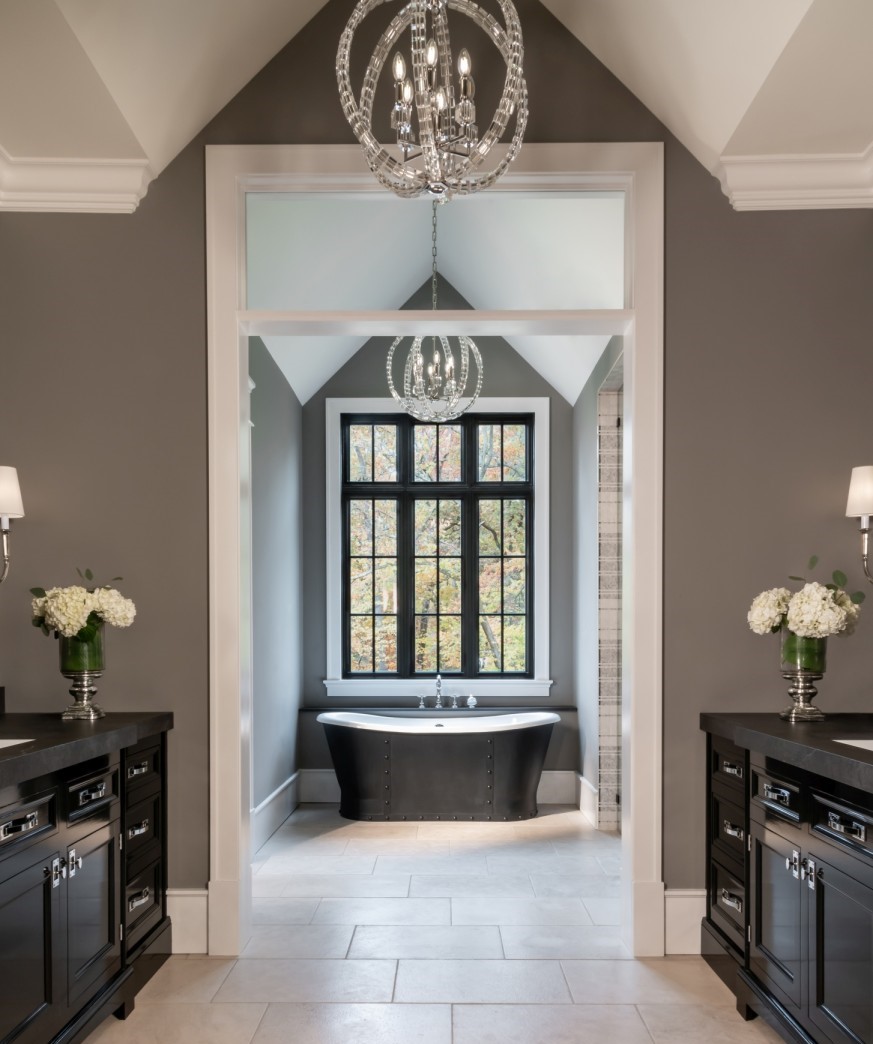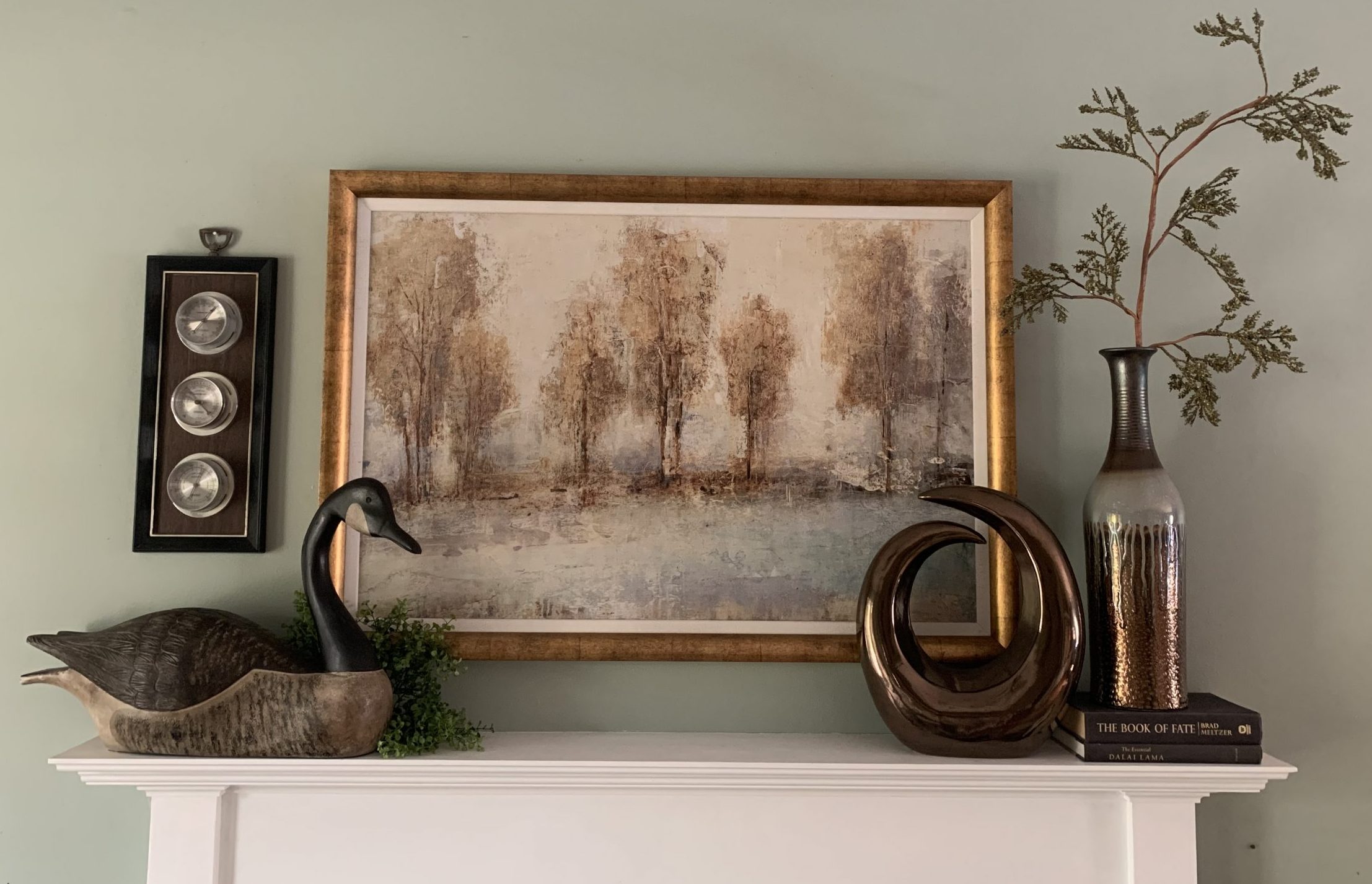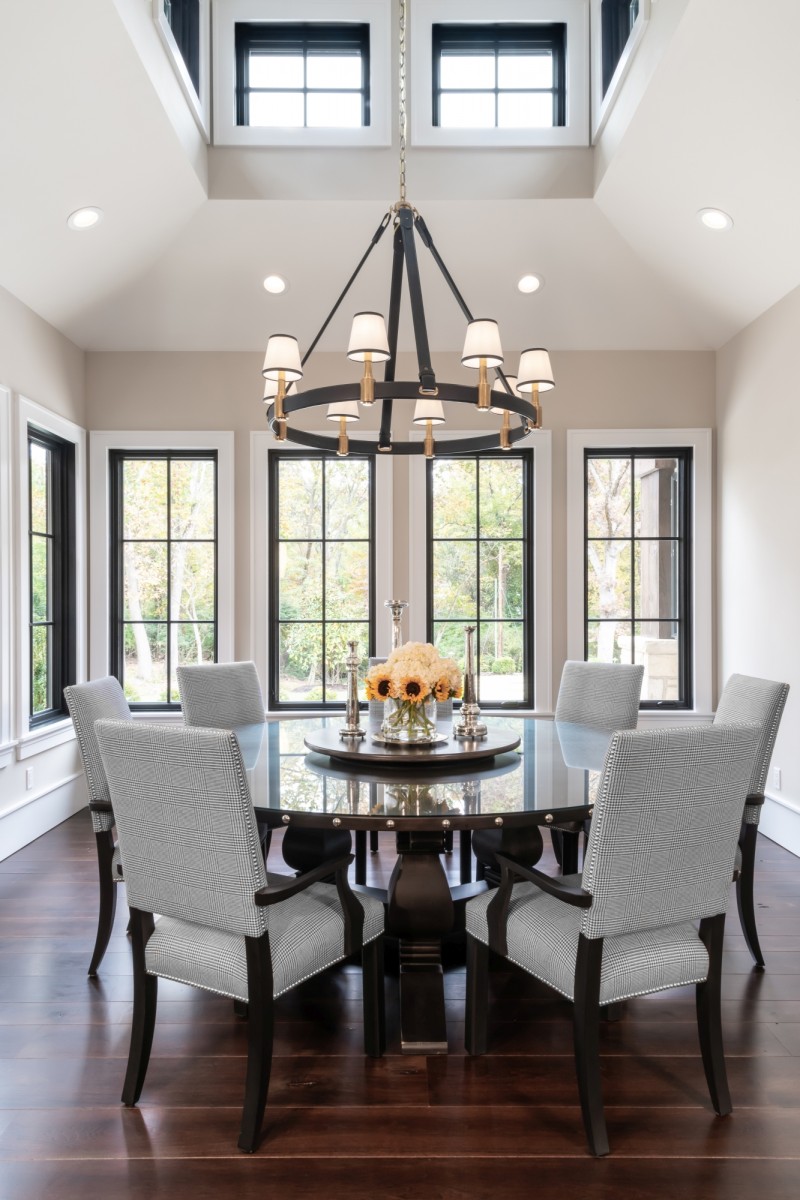Today we are kicking off a new blog series – The Principles of Design. This will explore the building blocks of great design with examples of how to achieve them in your home. Today we are going to explore the importance of balance.
BALANCE
Balance is a constant in our everyday lives. One of the most relatable examples is the ongoing struggle to balance life between work and leisure. Similar to when we are off balance in various aspects of our lives, an unbalanced interior space can be uncomfortable. Balance is achieved by distributing the visual weight of objects within a space to achieve a feeling of equilibrium. The size, shape, color and texture have a major impact on the visual weight of a particular item. Larger, darker, brighter and highly textured objects typically feel heavier.
Balance can be achieved in three ways: symmetrically, asymmetrically and radially.
SYMMETRICAL BALANCE
Symmetrical balance is achieved by arranging elements on either side of the center of a composition in an equally weighted manner. Symmetrical balance can be thought of as 50/50 balance or like a mirror image.
ASYMMETRICAL BALANCE
In asymmetrical balance, the two sides are not identical, but differ from one another. However, the elements are arranged so that there is a sense of balance.
RADIAL BALANCE
Radial balance is a visual balance based on a circle with its design extending from center.
Make sure to visit SroteCo.com to see how we incorporate balance everyday into our own projects.
Thanks so much. I am glad you enjoyed the post.